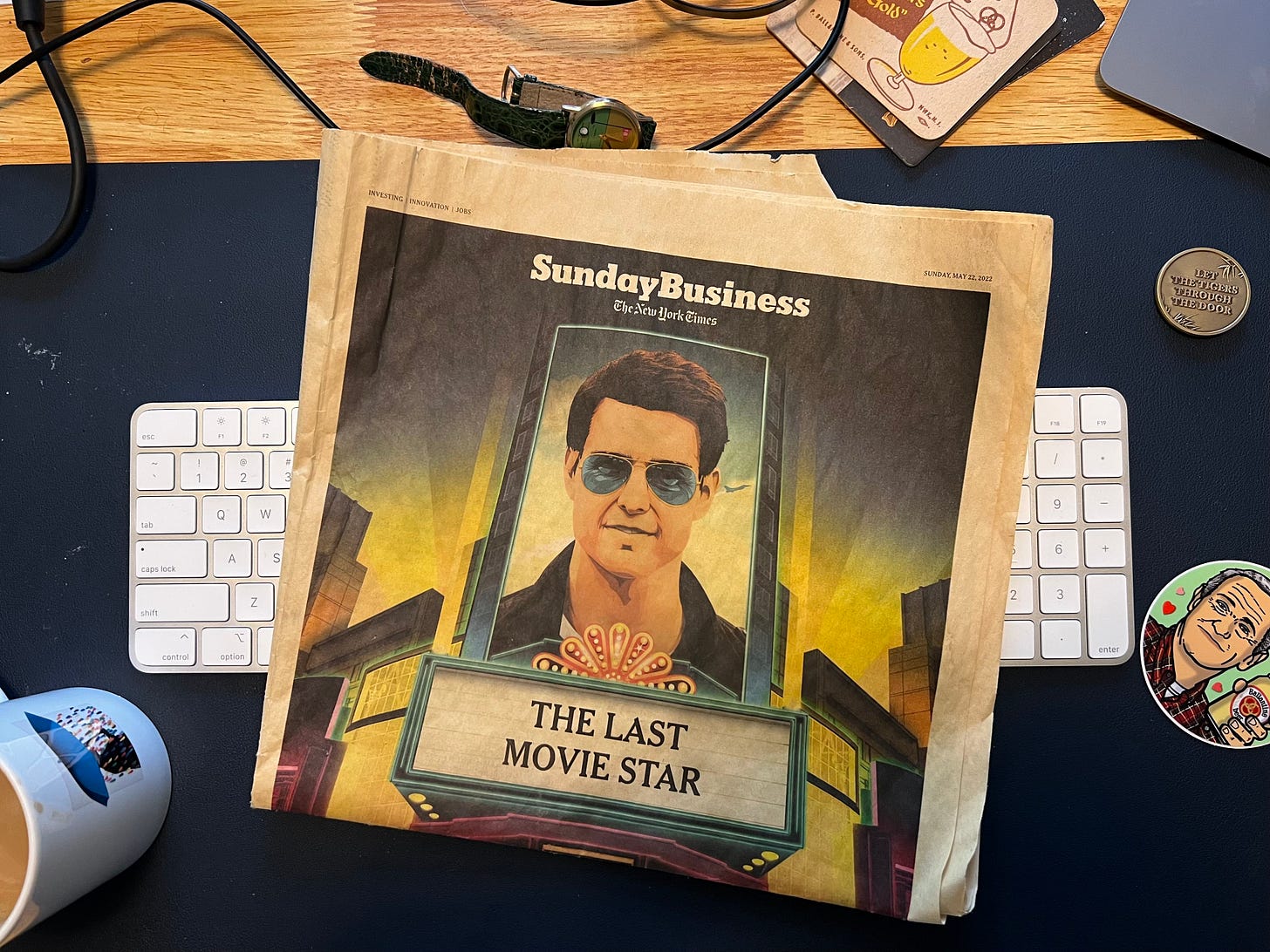How the New York Times Changes Headlines to Get Attention
This opening line is for you Gen Z folks too young to remember: There was a time when headlines were severely limited.
No arbitrary character limit. An actual, physical limit on your writing. Paper.
Headlines were mostly crisp and clever.
No fluff.
No “targeting” of interest groups.
No SEO considerations.
These days, even the New York Times has been forced to change tack, thanks to two seismic world changes. (You won’t be surprised by these, but it’s helpful to set the context):
Seismic world changes:
There is no space limit online.
Every person is now a competing media company.
As a former journalist, it’s fascinating to me to see how the traditional organization adjusts to the Wild West of online writing.
I’m sure you’ll have your own takeaways as we go through this, but I’ll give you one up front: My underperforming headlines look a lot more like the paper version — straightforward, vague, calm. The headlines that perform better look more like the online versions — suggestive, scandalous, bold.
Go figure.
Here are 6 examples where the Times changed headlines.
Exhibit A: Stories about the office.
Printed in the April 16th NYT Magazine.
Story 1
Printed headline: A Brief History of (Over) Time
Online headline: "You Call this 'Flexible Work'?
Implying conflict goes a long way in the online world.
Story 2
Printed headline: Meet the Office Whisperers
Online headline: The R.T.O. Whisperers Have a Plan
Implying conspiracy goes even further. This story had over 4 times the comments of the previous one.
Exhibit B: Stories about world events.
Printed in the April 23rd Sunday edition.
Story 1
Printed headline: Ruling on Pill Puts Prudence Above Power
Online headline: In Abortion Pill Ruling, the Supreme Court Trades Ambition for Prudence
My darling alliteration (repetition of consonant sounds) is removed online. Instead, they front load the trigger words. "Abortion Pill.”
Story 2
Printed headline: U.K. Man's Death Tied To Reaction to Vaccine
Online headline: British Man Died of Rare Blood Syndrome Linked to AstraZeneca’s Vaccine
If your conservative friend tells you that “the New York Times only prints liberal agenda stuff,” show them this story.
Exhibit C: Stories with dollar signs
Story 1 printed in the March 5th Sunday edition. Story 2 printed in the April 16th Sunday edition.
Story 1
Printed headline: The Value of Looking Beyond the Resume
Online headline: The $2 Billion Question of Who You Are at Work
Knowing your employees = not important. Unless it's a $2B question, apparently.
Story 2
Printed headline: What Won't People Buy in a Bid for The Past
Online headline: Yes, People Will Pay $27,500 for an Old ‘Rocky’ Tape. Here’s Why.
If your liberal friend tells you that “the New York Times would never write clickbait,” show them this headline.
This is a technique called “prolepsis,” which is when you write a pronoun before showing the reader what it’s referring to.
Final question to consider:
If the world’s most prestigious newspaper isn’t too holy to write headlines designed to aggravate the brain and stop the scroll…
Why are you still naming your posts things like “October Sunset?”
Much love as always <3
-Todd B from Tennessee
P.S. Honestly, it feels like this type of post could be its own publication, with infinite possibilities.


